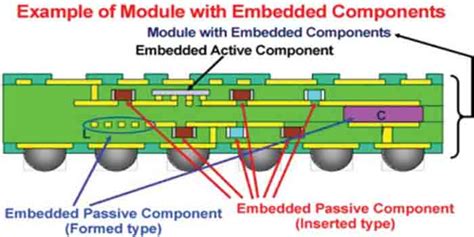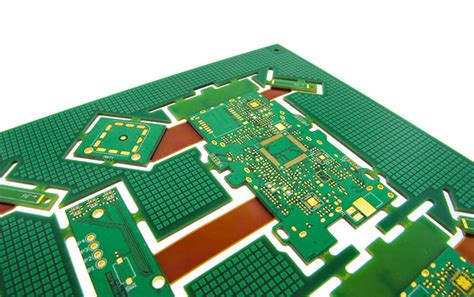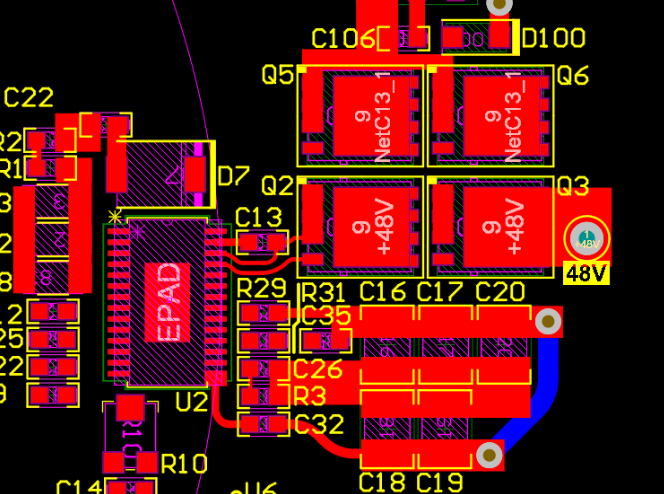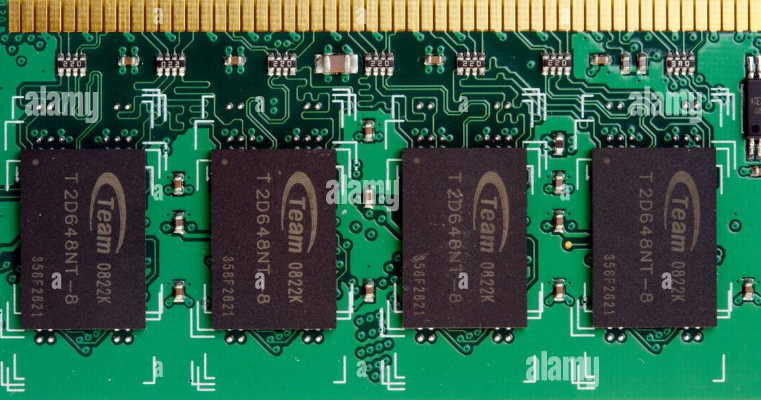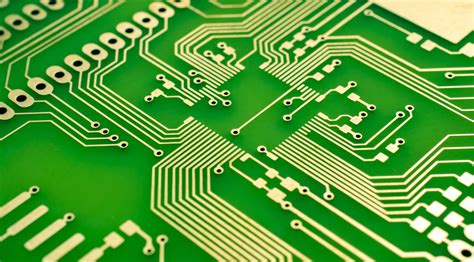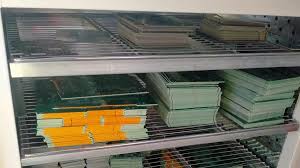Innovations in Electronic PCB Assembly for Modern Technology
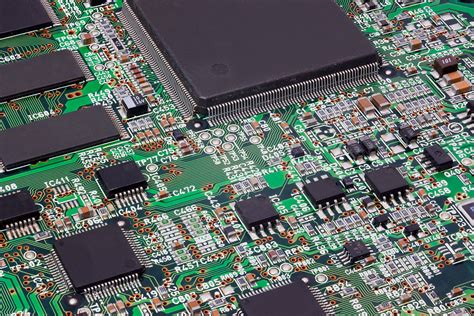
Key Takeaways
The landscape of PCB assembly has undergone significant transformation, evolving from traditional methods to modern innovations that meet the increasing demands of today’s technology. One of the most notable advancements in this field is the integration of cutting-edge technologies, which have fundamentally impacted the efficiency and reliability of pcba processes. Automation plays a crucial role here; by streamlining production lines, it enhances speed and minimizes human error.
Moreover, modern techniques focus on enhancing reliability through robust testing protocols which are essential in ensuring that each pcb assembly meets industry standards. The incorporation of advanced materials is another vital aspect, enabling manufacturers to create lighter, more durable boards with improved thermal characteristics.
To illustrate these advancements, consider the table below that summarizes key technological innovations in electronic PCB assembly:
| Technology | Impact on PCB Assembly |
|---|---|
| Automation | Increased production speed and reduced errors |
| Smart Algorithms | Improved quality control and testing processes |
| Advanced Materials | Enhanced durability and thermal performance |
"Investing in advanced PCB assembly techniques is a step towards greater efficiency, which is essential for keeping pace with rapid technological advancements."
Ultimately, understanding these developments not only enlightens stakeholders about current trends but also underscores the importance of innovation in shaping the future landscape of electronics manufacturing.

The Evolution of Electronic PCB Assembly: From Traditional Methods to Modern Innovations
The landscape of pcb assembly has undergone profound change, evolving from manual soldering techniques to a realm dominated by automated processes and sophisticated machinery. In the early days, pcba relied heavily on human skills and manual inspection, which often resulted in variability in quality and efficiency. However, the introduction of new technologies has dramatically reshaped the efficiency and reliability of PCB designs. Today, modern pcb assembly techniques incorporate a variety of advanced validation tools, which facilitate real-time quality checks throughout the assembly process. This transition not only enhances the precision of component placement but also reduces production time significantly. Furthermore, innovations in materials—such as flexible substrates—allow engineers to design compact circuits that can operate seamlessly across diverse applications. These advancements illustrate how modern innovations in electronic PCB assembly are paving the way for more integrated solutions that meet the growing demands of contemporary technology. With ongoing research and development in this field, the trajectory towards more efficient and reliable pcba continues to advance at an unprecedented pace.

Cutting-Edge Technologies Driving Efficiency in PCB Assembly
The landscape of pcb assembly has dramatically evolved, driven by cutting-edge technologies that enhance efficiency and productivity in the manufacturing process. One of the most significant advancements is the integration of automated systems, which streamline the pcba workflow by minimizing manual input and reducing the potential for human error. This automation not only accelerates production rates but also ensures higher consistency in quality, vital for meeting the demands of modern electronics. Additionally, innovations in soldering techniques, such as laser soldering and reflow soldering, have emerged as game-changers, enabling more precise connections while using fewer resources. Coupled with advanced inspection technologies like automated optical inspection (AOI), manufacturers can quickly identify defects and rectify issues in real-time, thereby boosting overall reliability in pcb assembly processes. Furthermore, these technologies allow for more intricate and compact designs, facilitating the creation of smaller yet more powerful devices that are essential in today’s fast-paced digital world. As industries continue to embrace these developments, the impact on efficiency within pcbs is profound and sets a benchmark for future innovations.
The Role of Automation in Advancing Electronic PCB Assembly
The integration of automation in PCB assembly has revolutionized the production landscape, fostering significant advancements in the efficiency and reliability of electronic PCBA processes. Automated systems enable precise placement of components, which drastically reduces the risks associated with human error. By employing advanced machinery such as pick-and-place robots and automated inspection systems, manufacturers can achieve higher throughput while maintaining consistent quality standards. Furthermore, automation enhances the traceability of each component throughout the assembly line, facilitating better quality control and ensuring that every aspect of the PCB assembly process is meticulously monitored. As technologies like machine learning and artificial intelligence continue to evolve, they complement automation by optimizing production schedules and predictive maintenance, thereby reducing downtime and operational costs. In today’s fast-paced electronics market, where rapid innovation is crucial, embracing automation in PCB assembly not only accelerates production timelines but also empowers organizations to respond swiftly to changing consumer demands while ensuring that their products are reliable and of high quality. The ongoing advancements in this area are crucial as industries seek to produce increasingly complex electronic devices with a consistent assurance of performance and durability.
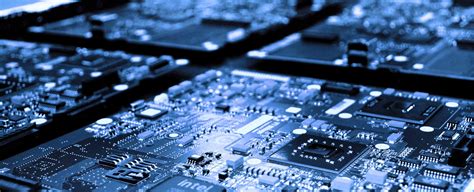
Techniques for Enhancing Reliability in Modern PCB Designs
In the realm of pcb assembly, ensuring reliability is paramount, as the performance of modern devices heavily depends on the robustness of their printed circuit boards (PCBs). One effective technique to enhance reliability in pcba designs is utilizing advanced simulation tools during the design phase. These tools allow engineers to predict potential failure points and stress factors, leading to proactive adjustments before physical production begins. Additionally, implementing design-for-manufacturing (DFM) principles can significantly reduce errors during assembly, ultimately ensuring a higher yield of functional products.
Another critical approach is the use of redundancy in critical pathways within a PCB layout. This technique helps to mitigate risks associated with component failures by providing alternative routes for electrical signals, thus enhancing operational reliability. Moreover, selecting high-quality materials that can withstand thermal and mechanical stress enhances durability. Elements such as capacitance, inductance, and thermal management capabilities play pivotal roles in determining the longevity and efficiency of a pcb assembly.
Incorporating rigorous testing methodologies, including thermal cycling and vibration tests, also contributes profoundly to establishing reliability benchmarks before deployment. These evaluations allow manufacturers to identify weak points within the design and build better confidence in product performance across various conditions.
Ultimately, by integrating these advanced techniques into modern pcb assembly, companies can create more dependable devices that meet the growing demands of today’s technology-driven world while fostering innovation within their production processes.
Integrating Advanced Materials in Electronic PCB Assembly Processes
The integration of advanced materials into electronic PCB assembly processes has revolutionized the way modern devices are designed and manufactured. As demand for smaller, lighter, and more efficient electronics continues to grow, materials such as high-density interconnects (HDI), flexible substrates, and low-loss dielectrics are becoming essential in PCB designs. These innovative materials enhance the mechanical and electrical properties of the boards, leading to improvements in signal integrity and thermal management. For instance, the incorporation of nano-materials not only reduces the weight of the assembly but also increases its durability and performance under challenging conditions. Furthermore, advanced materials facilitate greater integration of components, resulting in more compact pcba configurations that can accommodate complex functionalities. The adoption of such materials ultimately contributes to overall manufacturing efficiency and product reliability—key factors that influence market competitiveness in the thriving electronics sector. As these developments unfold, they pave the way for significant advancements in the field of electronic assembly, underscoring how integrating cutting-edge materials can redefine standards in quality and innovation within pcb assembly practices.
Case Studies: Successful Applications of Innovative PCB Assembly
In the realm of electronic PCB assembly, various real-world applications highlight the remarkable impact of innovative techniques and technologies. One notable case is the development of sophisticated medical devices that require highly reliable PCBA processes. These devices, which often integrate cutting-edge sensors and connectivity features, benefit enormously from the precision achieved through automated PCB assembly techniques. For instance, a leading medical technology company recently adopted advanced robotic systems to enhance its assembly line efficiency and accuracy, resulting in a significant reduction in production errors.
Another compelling example can be found in the automotive industry, where manufacturers are increasingly relying on PCBA innovations to meet stringent safety standards and complex functionalities such as autonomous driving systems. The integration of advanced materials in these assemblies not only boosts performance but also reduces overall weight, thereby enhancing fuel efficiency. The successful implementation of these innovative practices demonstrates how electronic PCB assembly can drive enhancements across various sectors while maintaining high standards of performance and reliability.
Moreover, consumer electronics companies are continually pushing the boundaries by employing layered technologies that allow for more compact device designs without compromising on capability. One prominent player in this field has utilized innovative PCBA methods to produce ultra-slim smartphones that support high-definition displays and advanced processing power, affirming how innovation is key to competing in today’s fast-paced technology landscape.
These case studies exemplify not just the versatility of modern PCB assembly, but also highlight its critical role in shaping industries through efficiency and technological advancement. As these examples illustrate, successful applications are often rooted in a blend of innovation and strategic implementation—showcasing how far the field has come from traditional practices while setting a foundation for future advancements.
The Future of Electronic PCB Assembly: Trends and Predictions
As we look to the future of pcb assembly, several key trends are predicted to reshape the landscape. One significant trend is the increasing focus on miniaturization, allowing for more compact designs without compromising on performance. This shift necessitates advancements in pcba techniques, driving manufacturers to innovate in areas such as precision soldering and automated assembly processes. Additionally, sustainability is becoming a priority, with industry players exploring eco-friendly materials and processes that reduce waste and energy consumption during electronic PCB assembly. The integration of smart technologies, like the Internet of Things (IoT), is also set to play a crucial role, enhancing connectivity and enabling real-time monitoring throughout the pcb assembly process. These innovations not only aim to increase efficiency but also enhance reliability in modern electronic devices, ensuring they meet the demands of a rapidly evolving market. As we embrace these trends, it will be essential for companies to remain adaptable and forward-thinking, leveraging cutting-edge solutions that drive growth and foster collaboration in this dynamic field.
Overcoming Challenges in Electronic PCB Assembly for Emerging Technologies
As the field of pcb assembly evolves, so too do the challenges faced by manufacturers in meeting the demands of emerging technologies. These challenges can range from miniaturization requirements to the increased complexity of components, particularly as industries such as telecommunications, medical devices, and consumer electronics push for PCBA solutions that integrate seamlessly into high-performance applications. The movement towards more compact and efficient designs necessitates advanced techniques to ensure that reliability is not compromised. Key innovations such as surface-mount technology (SMT) and flexible printed circuits are becoming pivotal in addressing these hurdles. Furthermore, selecting appropriate materials that can withstand varying thermal environments is critical to enhancing durability. Incorporating effective quality control processes throughout production also aids in minimizing defects and maximizing functionality, ultimately leading to a superior final product. As we navigate these complexities in pcb assembly, continued dedication to research and development will be essential for aligning electronics assemblies with the demands of tomorrow’s technology landscape.

Conclusion
As we reflect on the journey of pcb assembly, it is evident that innovations in electronic PCB assembly have significantly transformed the landscape of modern technology. The integration of cutting-edge technologies and advanced techniques has not only enhanced efficiency but has also played a pivotal role in improving reliability and functionality in contemporary devices. The rise of automation within the pcba process exemplifies how manufacturers are streamlining production, reducing errors, and increasing output. Furthermore, the adoption of advanced materials is enabling more sophisticated designs, which are crucial for meeting the demands of an evolving market. These advancements also usher in new challenges that the industry must navigate, including maintaining quality standards and adapting to rapid technological changes. In summary, as we look ahead, it is clear that continued innovation will shape the future trajectory of electronic PCB assembly, driving advancements that will define the next generation of electronic devices.

FAQs
What is electronic PCB assembly?
Electronic PCB assembly refers to the process of soldering electrical components onto a printed circuit board (PCB) to create a functional electronic circuit. This process is crucial for the production of modern electronic devices.
What are the benefits of automated PCB assembly?
Automation in PCB assembly, or PCBA, enhances production speed, consistency, and accuracy. Automated systems reduce human error and allow for easier integration of complex designs, ultimately improving overall efficiency.
How do advanced materials influence PCB assembly processes?
The introduction of advanced materials, such as high-performance substrates and lead-free solder, significantly enhances the quality and reliability of the assembled PCBs. These materials help engineers meet the stringent requirements for heat dissipation and electrical performance in modern electronics.
What techniques are used to ensure reliability in PCB designs?
To enhance reliability, manufacturers may employ techniques such as thorough testing phases, implementing redundancy in critical areas, and utilizing high-quality components during the pcb assembly process. These practices help mitigate potential failures.
Can you provide an example of innovative applications in PCB assembly?
Many industries are utilizing innovative pcba processes, such as flexible circuits for wearable technology or high-density interconnects (HDI) in smartphone manufacturing. These applications showcase how advances in PCB assembly can lead to groundbreaking designs.


